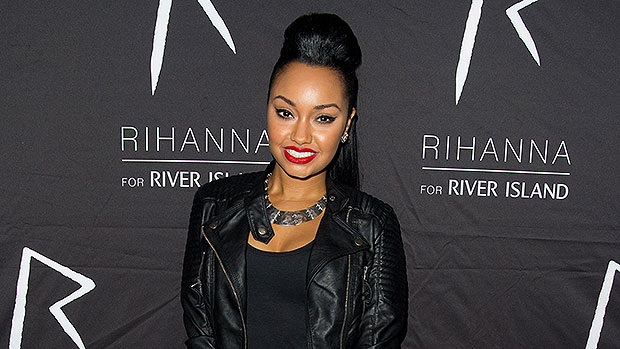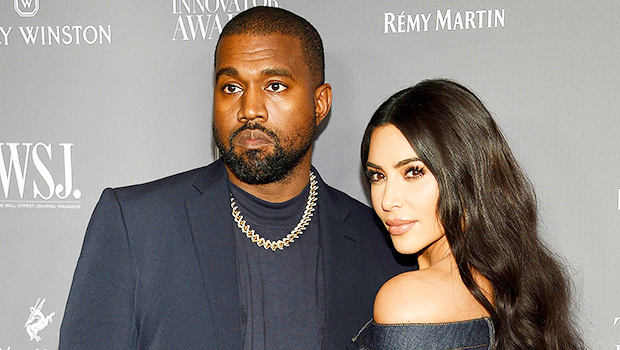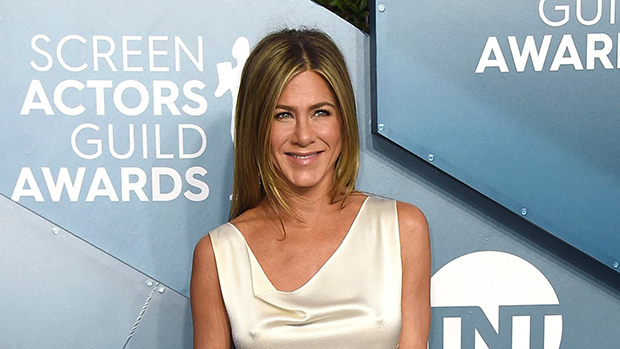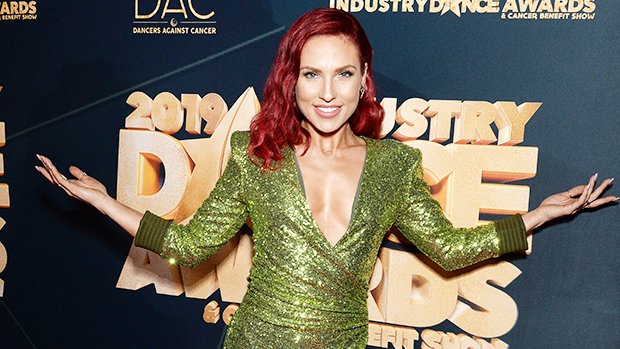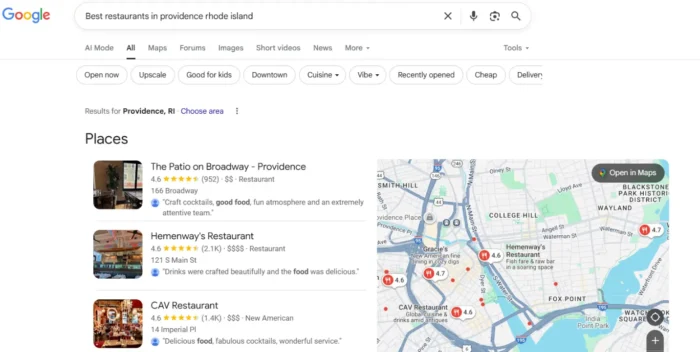SXSW 2022 Women Directors: Meet Camille Hardman – “Still Working 9 to 5”
Camille Hardman has produced documentaries and reality TV series in both her native Australia and Los Angeles. She started in TV in Sydney over 15 years ago, making animal and travel documentaries before turning to human interest documentaries and...
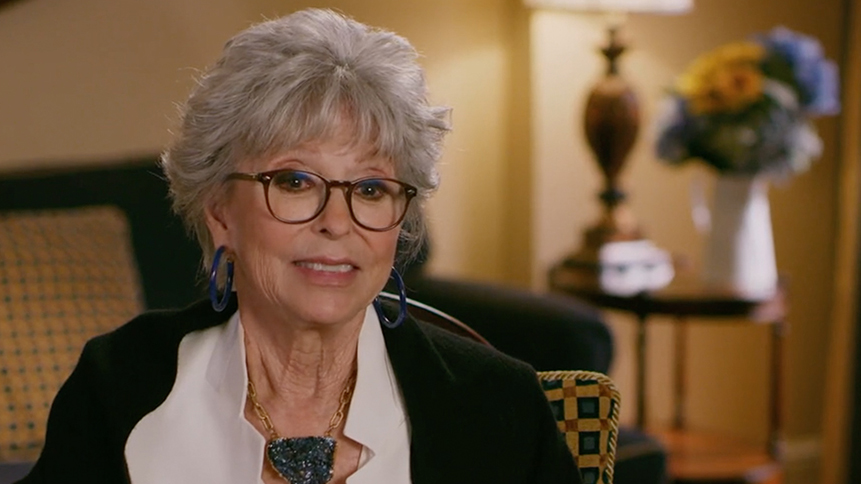
Camille Hardman has produced documentaries and reality TV series in both her native Australia and Los Angeles. She started in TV in Sydney over 15 years ago, making animal and travel documentaries before turning to human interest documentaries and film. Five years ago, Hardman created the popular DIY Network/HGTV series “Restored,” which has spread the importance of architectural restoration around the globe. Hardman has also produced and directed documentaries that have screened on many networks, including Discovery, Lifetime, TruTV, National Geographic, ABC, and Channel 7. Her documentaries have been accepted into acclaimed international film festivals.
“Still Working 9 to 5” is screening at the 2022 SXSW Film Festival, which is taking place March 11-20. Find more information on the fest’s website. “Still Working 9 to 5” is co-directed by Gary Lane.
W&H: Describe the film for us in your own words.
CH: “Still Working 9 to 5” uses “9 to 5,” the seminal 1980 comedy starring Jane Fonda, Lily Tomlin, Dolly Parton, and Dabney Coleman, to explore what has and has not changed in the workplace over the last 42 years, and how unity can initiate the greatest change.
W&H: What drew you to this story?
CH: When Gary Lane first told me about wanting to do a documentary on “9 to 5” and the different iterations, I initially turned it down because I was furiously working on a show I created for HGTV/DIY called “Restored.” But my curiosity was piqued enough for me to look at the history behind the film, which I found fascinating — from the fact that there had been an organization called “9 to 5,” a group of clerical workers that were standing up for basic rights and respect in the office, to the founder’s friendship with Jane Fonda. The idea for the film germinated and evolved.
W&H: What do you want people to think about after they watch the film?
CH: In unity, there is strength. More often than not there is a commonality between people, and once one realizes they have more in common with their fellow colleagues, they can unite to create change for the greater good. Doralee, Judy, and Violet in the film were such vastly different people, and once they realized they had a lot in common, they were able establish a foundation to initiate workplace mandates that would not only help their fellow office workers, but also drive greater productivity for the company.
Also, I would like to see the ratification deadline extended, so the ERA is passed, so all people can be seen equally in the eyes of the U.S. constitution.
W&H: What was the biggest challenge in making the film?
CH: I think one of the biggest hurdles was funding. We ran out of money numerous times, but we would stop editing then work to raise money. My partners and myself funded the majority of the film ourselves. We were also very fortunate in 2020 when Regina K. Scully and her foundation, Artemis Rising, invested in the film, which gave us an injection of funds to help keep the edit going.
Also, during edit I was stuck in Australia for a year due to the pandemic, so having meetings with people on the East Coast and working with the editors in a different time zone was a challenge. Not being able to sit in the edit suite with the editors was also incredibly difficult, which increased the post-production time and budget.
W&H: How did you get your film funded? Share some insights into how you got the film made.
CH: During the production, we all worked for a deferred payment including Brian Tweedt, our DP. Gary, exec producer Larry Lane, and myself funded the majority of the production ourselves. We did a crowdfunding campaign, which I’ll admit was not a success, but luckily we shortly after received a small donation from Swing Issues Media.
We also funded the majority of the post-production ourselves, but halfway through we received a PRI investment from Artemis Rising which was a lifesaver! We are eternally grateful for this funding, as it allowed us to keep editing. This injection of funds also gave us the time to save more money to complete the film.
W&H: What inspired you to become a filmmaker?
CH: I originally became a documentary filmmaker so that I could satiate my love of traveling. I was studying science at university, and was given the opportunity to have a part-time job with a TV host making travel documentaries. The company then moved into making animal documentaries, and the host no longer wanted to travel. He asked me to take over the field, directing and producing documentaries and creating documentaries around the world. I left university and became a full-time filmmaker.
As someone who is a seeker of information and an explorer of human psychology, being given the opportunity to examine up close and through a lens the delicate dance of how people interact in a microcosm, a culture, a society, and the world is a privilege.
W&H: What’s the best and worst advice you’ve received?
CH: One day you will wake up and it will be 10 years later, which motivates me to always have various projects on the boil.
W&H: What advice do you have for other women directors?
CH: Be tenacious. Be prepared to learn. Be a multi-disciplinarian. Try and learn the basics of as many of the production roles as possible, so you can understand the difficulties each department has to face. Be adaptable. Be prepared to stand up for your vision, but also open to listening to advice from others who are willing to help along the way.
W&H: Name your favorite woman-directed film and why.
CH: There are so many wonderful Australian directors that I was inspired by, including Jane Campion, Jocelyn Moorhouse, Lottie Lyell, Gillian Armstrong, Sue Maslin and Samantha Lang.
Although there was a very healthy boys club in Australia, many women were able to break through to make culturally significant works with universal appeal, such as Armstrong’s “My Brilliant Career,” Moorhouse’s “Proof,” Campion’s “The Piano” and “Sweetie,” and Sue Brooks’ “Japanese Story.”
W&H: How are you adjusting to life during the COVID-19 pandemic? Are you keeping creative, and if so, how?
CH: The pandemic hasn’t really changed my day-to-day working life. I have always worked from home, and remain involved in a myriad different projects from around the world.
W&H: The film industry has a long history of underrepresenting people of color onscreen and behind the scenes and reinforcing — and creating — negative stereotypes. What actions do you think need to be taken to make it more inclusive?
CH: I think there is a need for the underrepresented to tell their own stories. We need to open the doors for all people, and not only have a small group of people telling the stories for other people through one lens.
We all need to invite and create access for underrepresented people to learn the craft of filmmaking, which gives all people the opportunities and abilities to create their own projects with their own narratives and stories.

 Tfoso
Tfoso 








